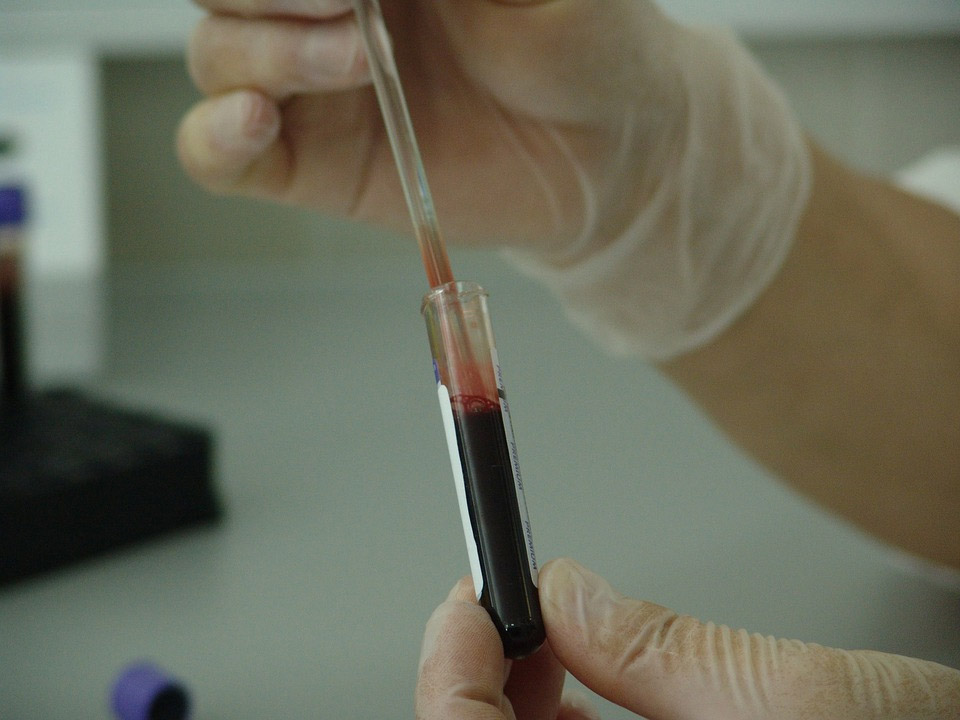Leukemia is a c****r of the blood cells. It is a malignant progressive disease in which the bone marrow and other blood-forming organs produced increased numbers of immature and abnormal leukocytes or the white blood cells. It is a c****r that starts in blood stem cells. Stem cells are basic cells that develop into different types, either lymphoid stem cells or myeloid stem cells, which have different tasks.

Lymphoid stem cells
These develop into lymphocytes, a type of white blood cell which specifically identifies foreign molecules and cells. Lymphocytes help fight infection and destroy abnormal cells. The 3 types of lymphocytes are B cells, T cells and natural killer (NK) cells.
Myeloid stem cells
While these develop into all other blood cells including red blood cells, granulocytes, monocytes or platelets. Red blood cells carry oxygen to all tissues of the body. Meanwhile, granulocytes and monocytes are types of white blood cells that destroy bacteria and help fight infection. Platelets form clots in damaged blood vessels to stop bleeding.
As the stem cells of the blood develop, they become blast cells which are immature blood cells. In leukemia, there is an overproduction of blast cells. These blast cells develop abnormally and don’t develop into mature blood cells.
At the end of the day, the blast cells mob out normal blood cells so that they can’t do their jobs. The blast cells maybe called leukemia cells when they are detected.

There are many different types of leukemia. They are grouped based on the type of blood stem cell they developed from.
- Lymphocytic leukemias also known as lymphoblastic leukemias which develop from abnormal lymphoid stem cells.
- Myelogenous leukemias develop from abnormal myeloid stem cells.
The types are further grouped based on how quickly the disease spreads, develops, and grows.
- Acute leukemias start suddenly, developing within days or weeks.
- Chronic leukemias develop slowly over months or years.
The 4 main types of leukemia are:
- Acute Lymphocytic Leukemia (ALL)
- Acute Myelogenous Leukemia (AML)
- Chronic Lymphocytic Leukemia (CLL)
- Chronic Myelogenous Leukemia (CML).
In adults, CLL and AML are the most common leukemias.

The signs or symptoms of leukemia may vary depending on whether you have an acute or chronic type. The illness is often established during a routine blood test.
Acute leukemia may cause signs and symptoms that are similar to the flu. They come on suddenly within days or weeks. In addition to that, the symptoms typically appear and get worse rapidly. People with this sickness usually visit their doctor because they feel sick.
Chronic leukemia, on the other hand, often causes only a few symptoms or none at all. Signs and symptoms usually develop progressively. People with a chronic type of this illness often complain that they just do not feel well. Recently, researchers discovered that abnormal white blood cells can be present in the blood of chronic lymphocytic leukemia patients a number of years before a diagnosis.
This finding may lead to a better understanding of the cellular changes that occur in the earliest stages of the disease and how the disease develops.
Throughout the early stages of leukemia, there may be no symptoms. Moreover, many of the symptoms of leukemia don’t become apparent until a large number of normal blood cells are crowded out by leukemia cells. People with this disease may have very high levels of white blood cells. Adding that because the cells are abnormal, they are unable to fight infection. Therefore, patients may develop frequent fevers or infections. A shortage of red blood cells, called anemia, can cause a person to feel tired. Not having enough blood platelets may cause a person to bleed and bruise easily.
Some symptoms depend on where leukemia cells collect in the body. Leukemia cells can collect in many different tissues and organs, such as the digestive tract, kidneys, lungs, lymph nodes, or other parts of the body, including the eyes, brain, and t*******s.

Other Symptoms of Leukemia:
- Fever or Chills that does not go away
- Weight loss
- Frequent or severe infections
- Easy shortness of breath
- Persistent fatigue
- Weakness
- Headache
- Loss of appetite
- Pain in the bones or joints
- Bone pain or tenderness
- Fatigue
- Swelling or discomfort in the abdomen
- Swollen lymph nodes usually in neck or armpit
- Enlarged liver or spleen
- Easy bleeding or bruising
- Pale or inflamed gums
- Recurrent nosebleeds
- Purplish patches or tiny red spots in skin
- Excessive sweating, especially at night
- Vomiting
- Persistent diarrhea
- Skin infections
- Confusion
- Loss of muscle control
- Seizures and other neurological problems
- Problems with the eyes
Although these signs can be caused by a more different reason, it is always imperative for us to seek immediate help from our health care professional if we experience any of these.

Leukemia symptoms are often indistinguishable and not specific that sometimes resembles to symptoms of the flu and other common illnesses. It is important to see a doctor if you feel any persistent signs or symptoms that worry you.

